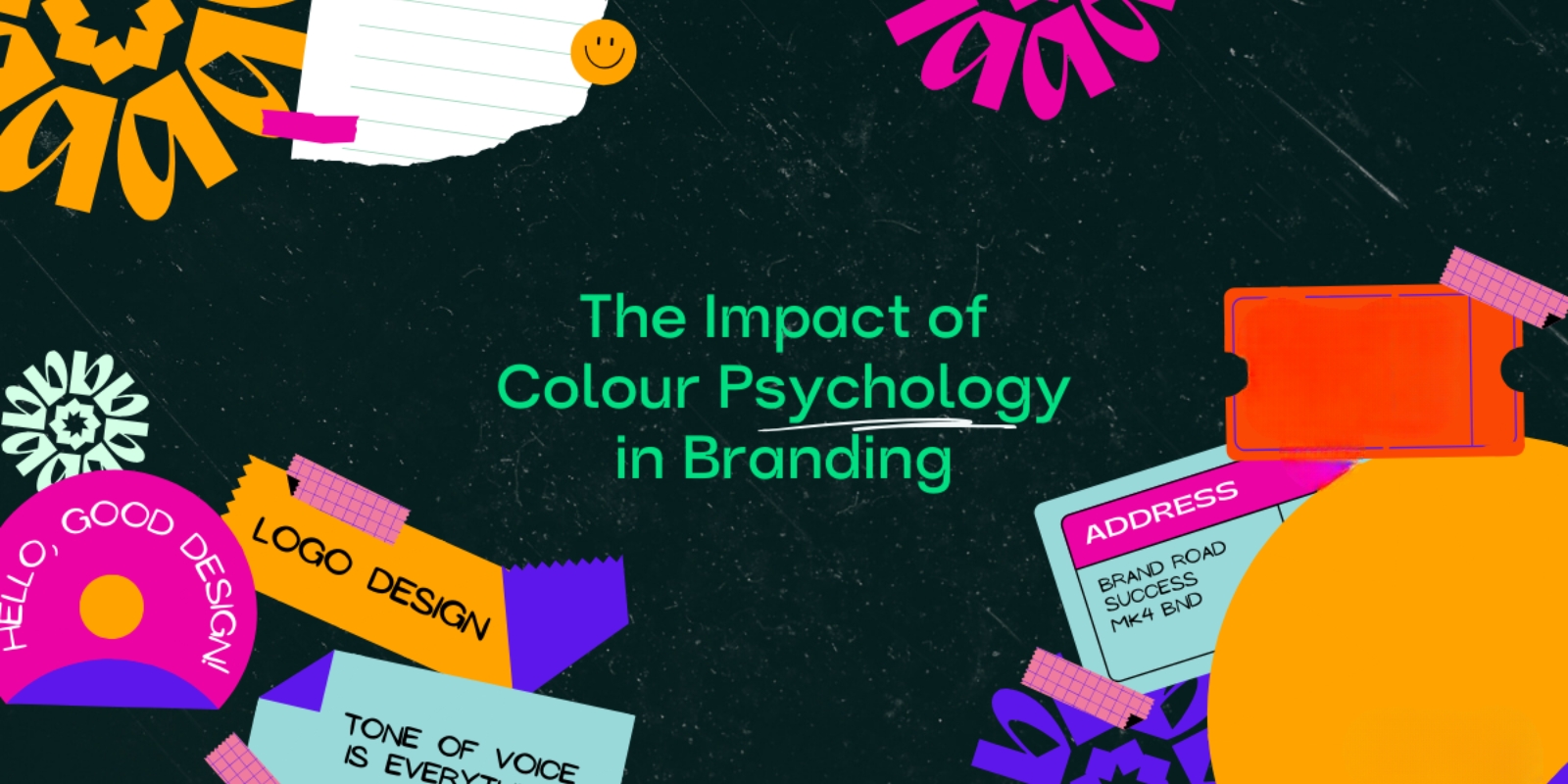| May 07, 2025
The Psychology of Color in Branding
When people see a color, their brain triggers associations and emotional reactions. These reactions may be subconscious, but they influence how we feel about a brand and whether we trust, like, or remember it. That is why top companies spend significant time and resources researching color before settling on their brand’s look and feel. Each color carries meaning. Red often conveys passion, excitement, or urgency. It grabs attention and stimulates action, which is why it is commonly used in clearance sales or fast-food branding. Blue suggests trust, reliability, and calm, which is why banks and tech companies frequently use it. Yellow is cheerful and energetic, while green represents nature, health, or sustainability. Purple evokes luxury and creativity, and black is typically used to express elegance or sophistication. However, culture, context, and individual differences play an important role. For example, while white symbolizes purity and peace in Western cultures, it may signify mourning in some Eastern cultures. Brands must take their audience’s background and expectations into account when developing their color strategy. Brand consistency also plays a role. Once a brand selects its core color palette, it should be applied consistently across all touchpoints, including the logo, website, social media, packaging, and advertising. Repetition reinforces brand recognition. When people see the same colors again and again in a specific context, they begin to associate them with a particular company or product. Over time, that association becomes automatic. Consider the color red and Coca-Cola. It is hard to imagine the brand without its signature red. The bold, vibrant color evokes energy, youth, and happiness. Similarly, the color turquoise is closely tied to Tiffany & Co., instantly communicating sophistication and exclusivity. Color also impacts user experience. For example, button colors on a website influence where users click. Background color affects readability and mood. The wrong combination can lead to confusion or even drive users away, while the right one encourages trust and engagement. Startups and small businesses often overlook color psychology in their branding, but it is one of the simplest and most cost-effective tools available. A well-thought-out color strategy can increase brand awareness, improve marketing effectiveness, and create emotional bonds with customers. Importantly, brands should test their color choices with real users. What feels “right” to a design team might not resonate with customers. A/B testing, surveys, or user interviews can provide valuable feedback and reveal which colors connect best with your audience. Color should also align with brand personality. For example, a playful brand targeting teens might benefit from bright colors like orange or neon green. In contrast, a luxury fashion brand might lean toward black, gold, or deep purple to express exclusivity and prestige. In summary, color is a silent ambassador of your brand. It can attract attention, trigger emotion, and shape perception. By understanding the psychology of color and applying it thoughtfully, businesses can design brand experiences that are not only visually appealing but also emotionally impactful and memorable.
